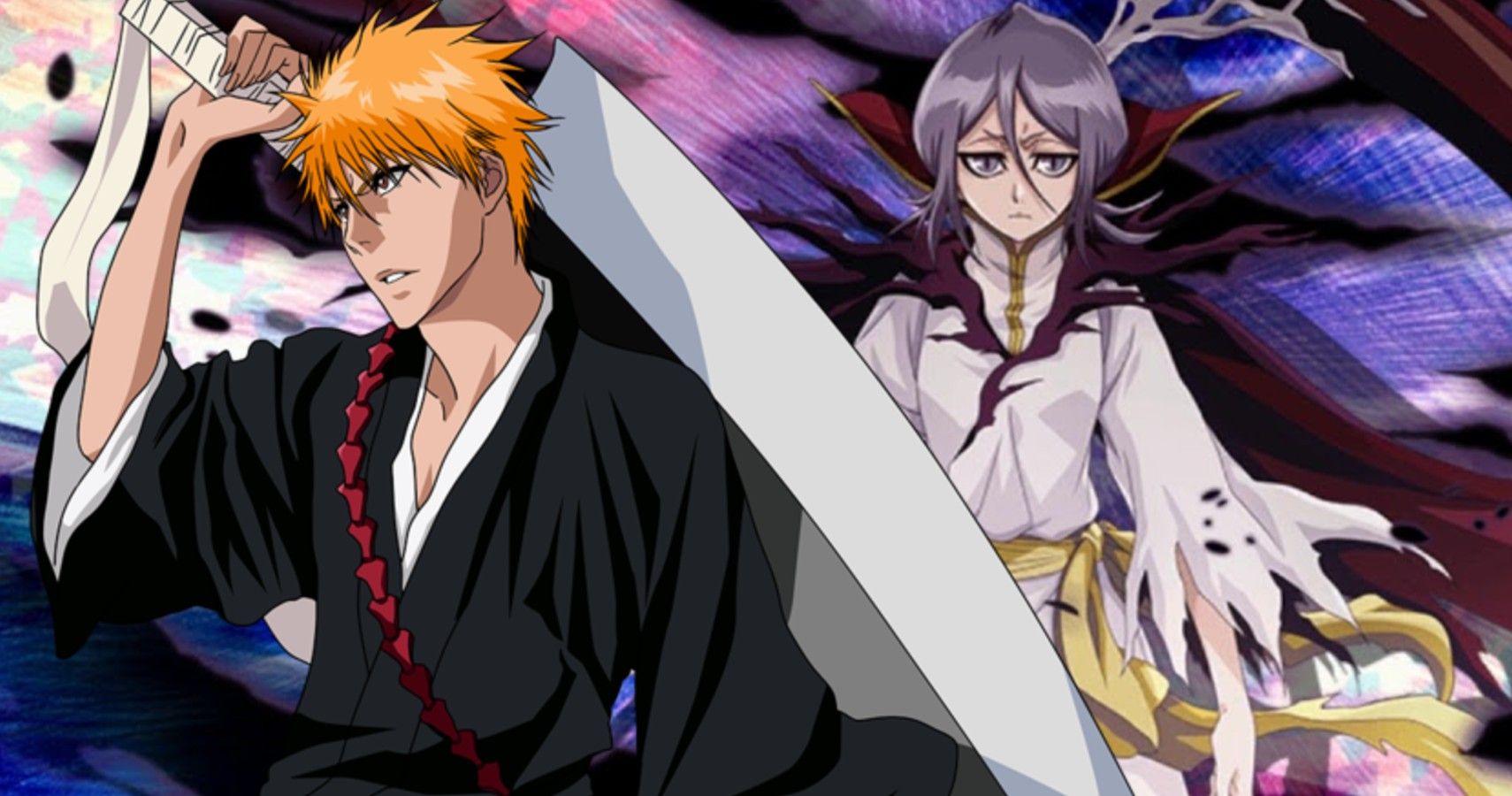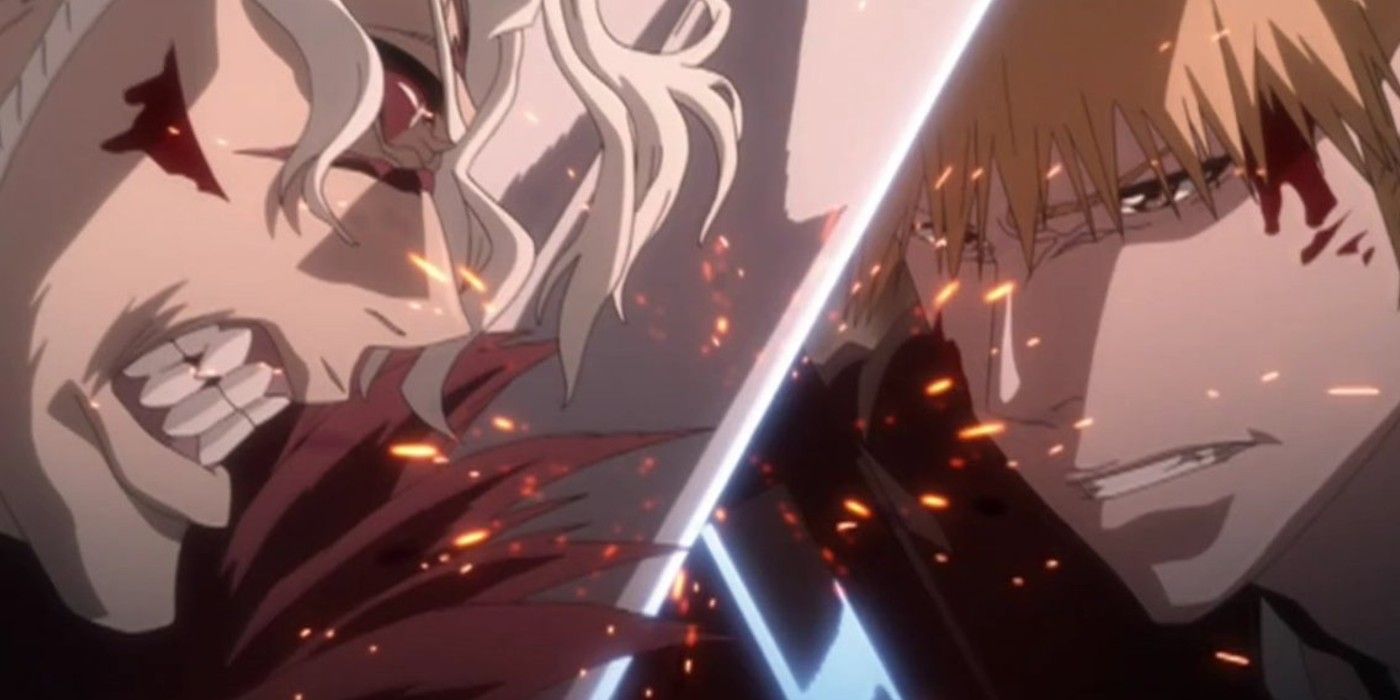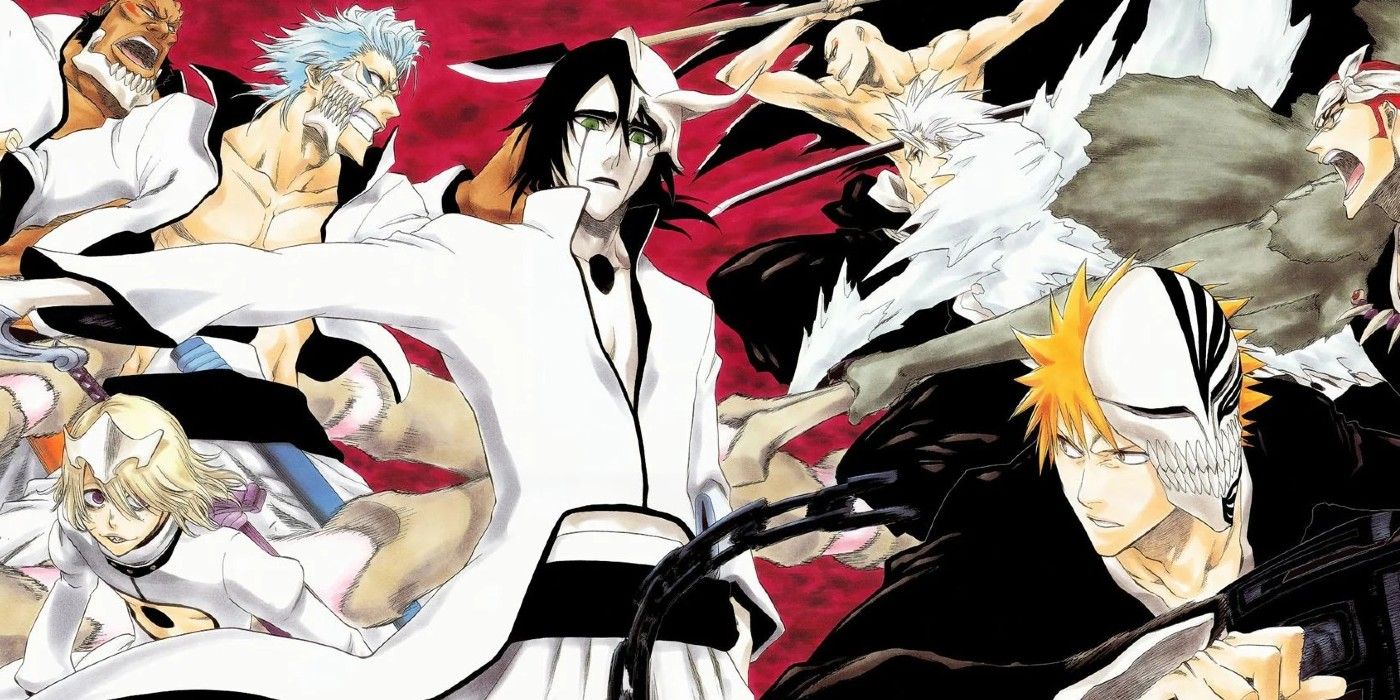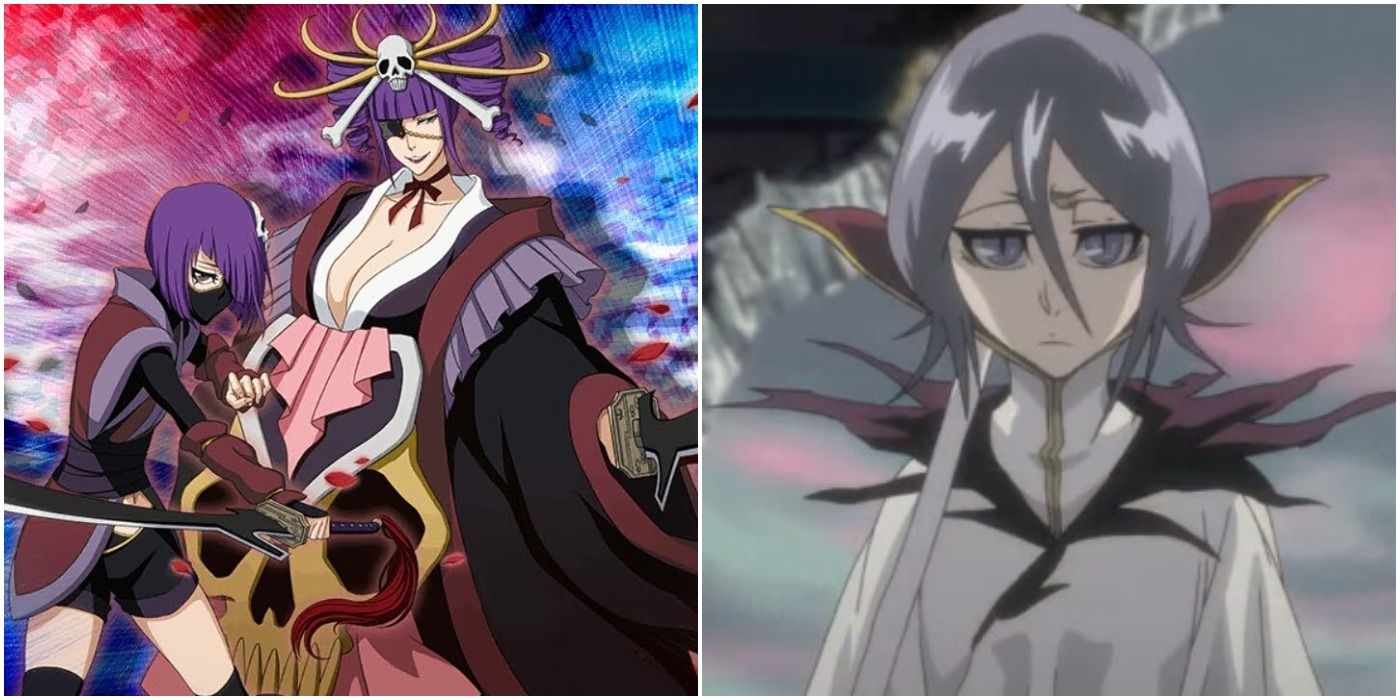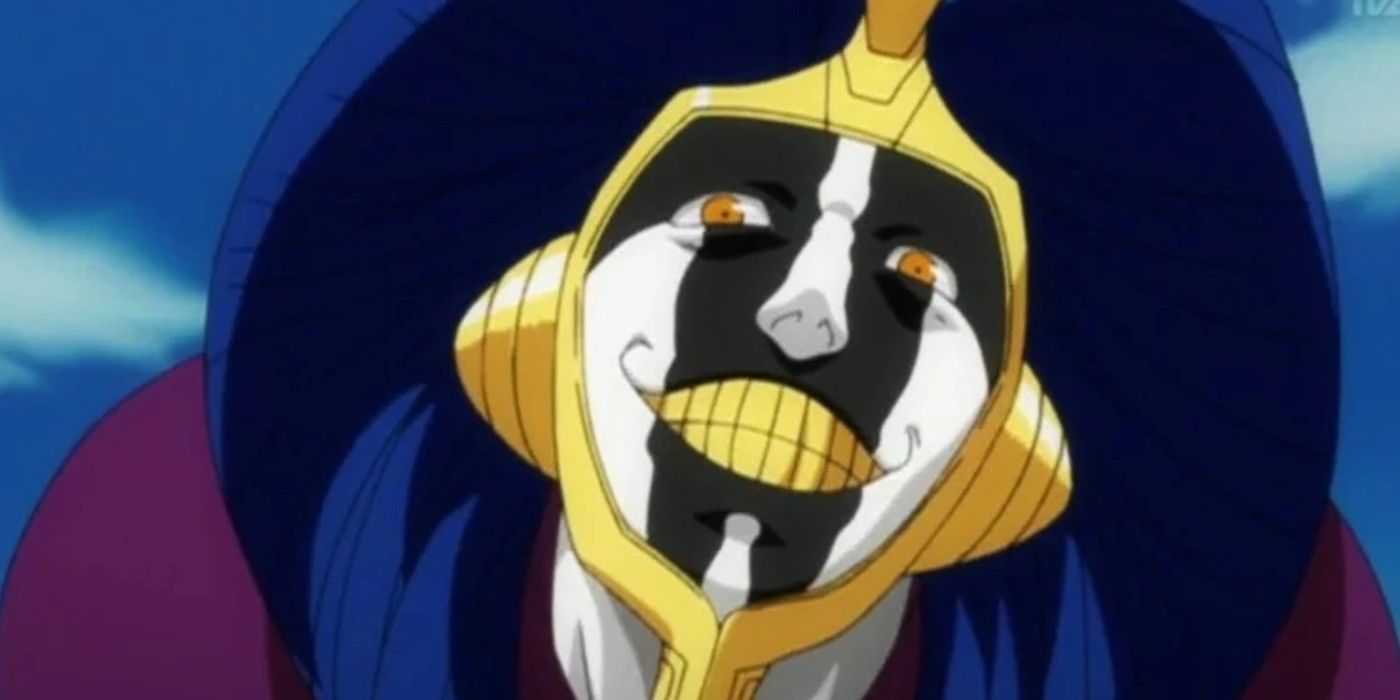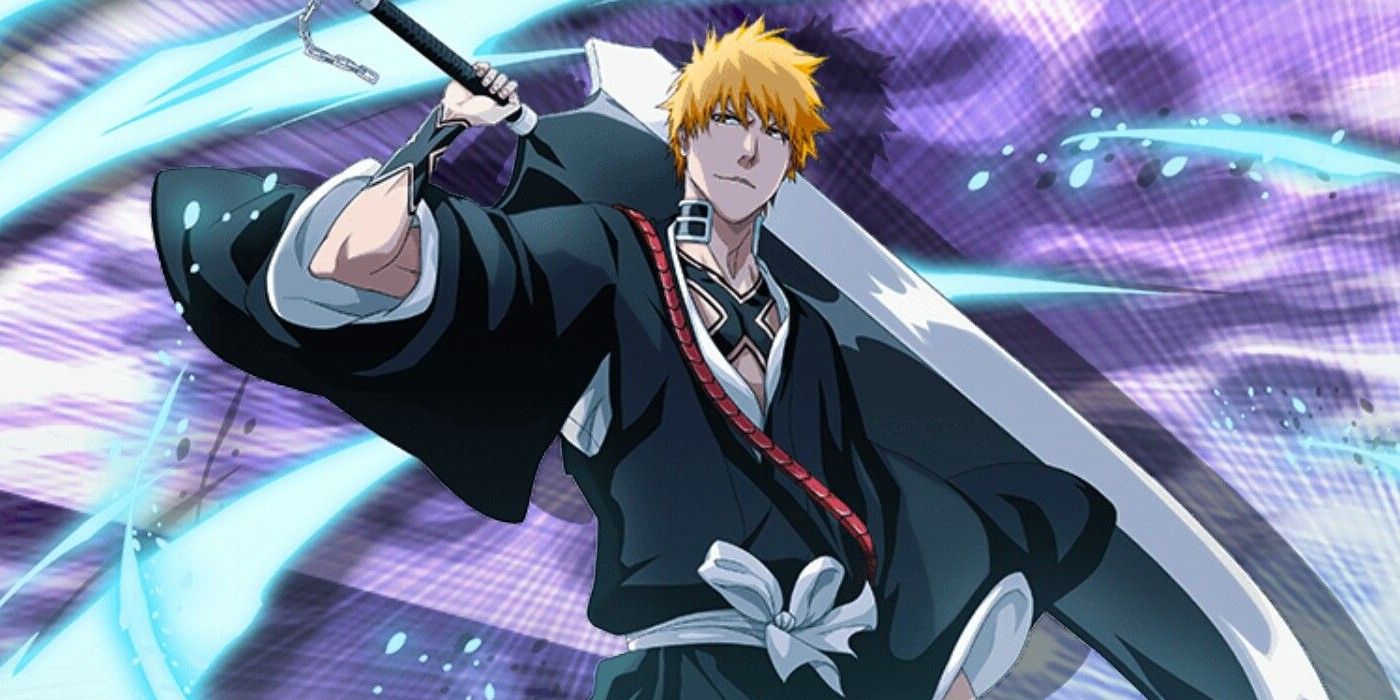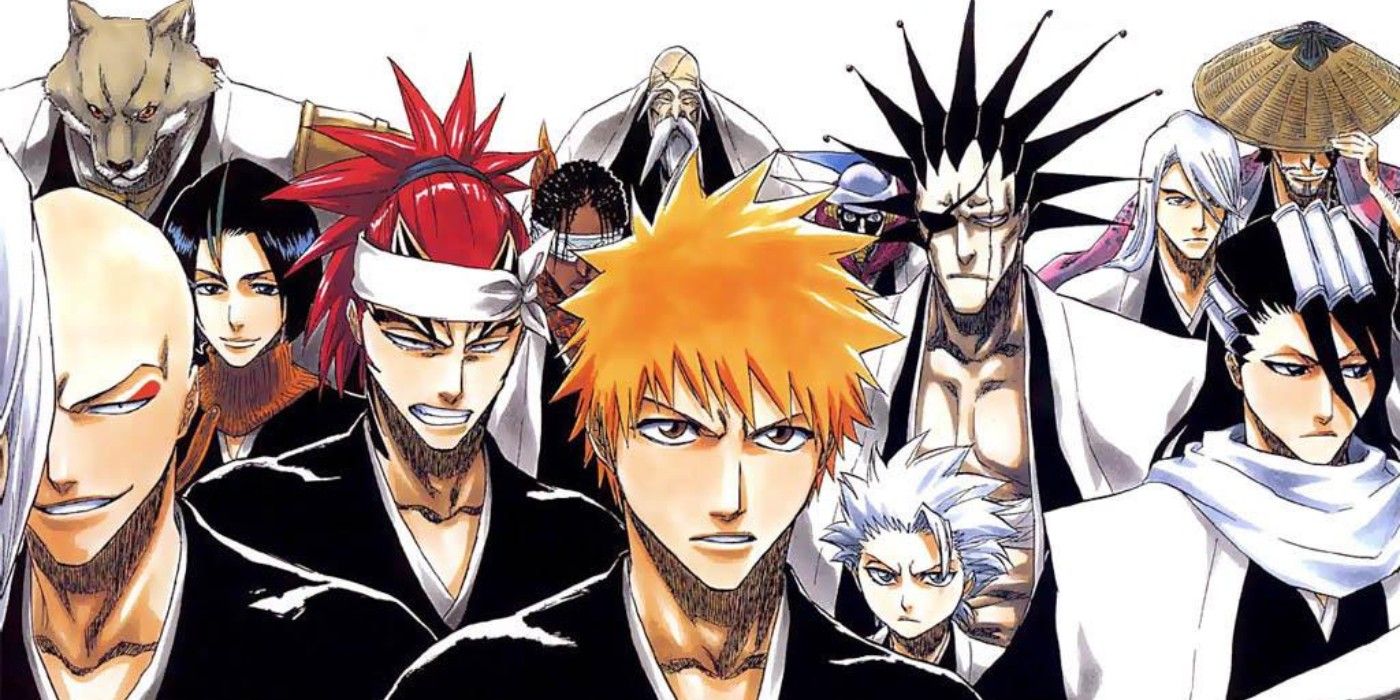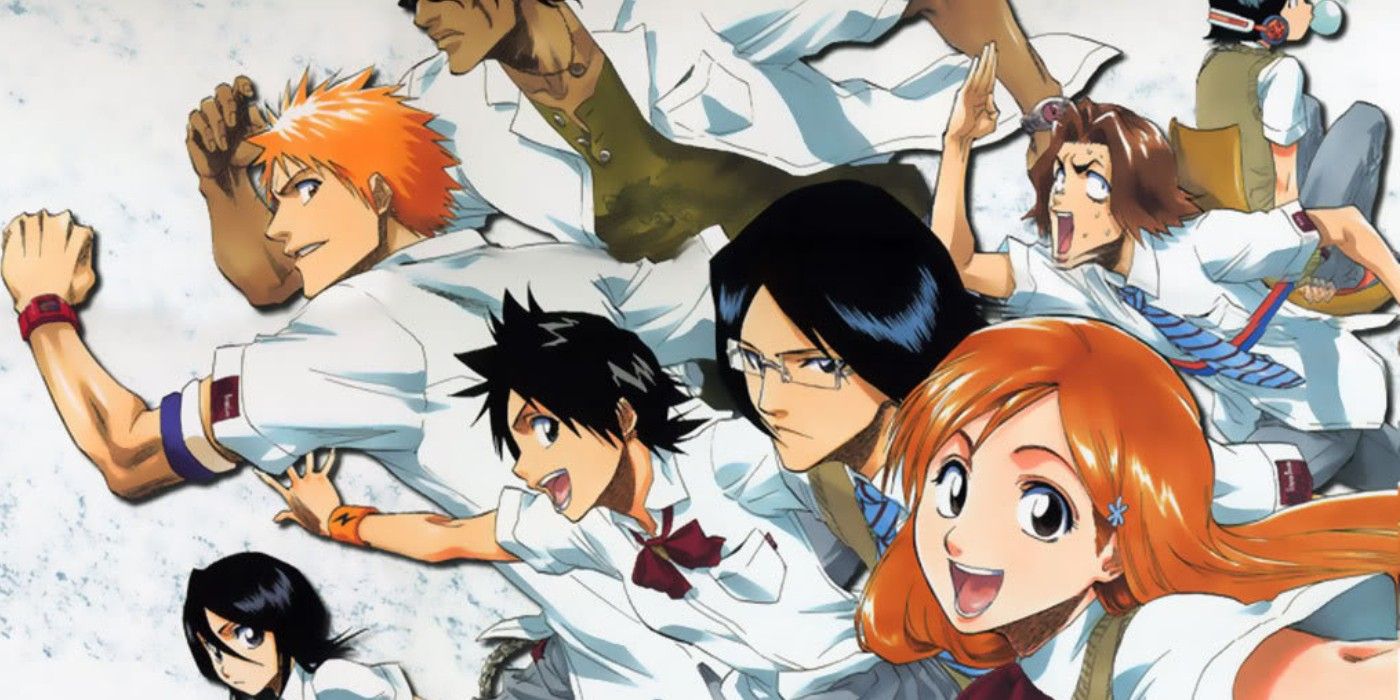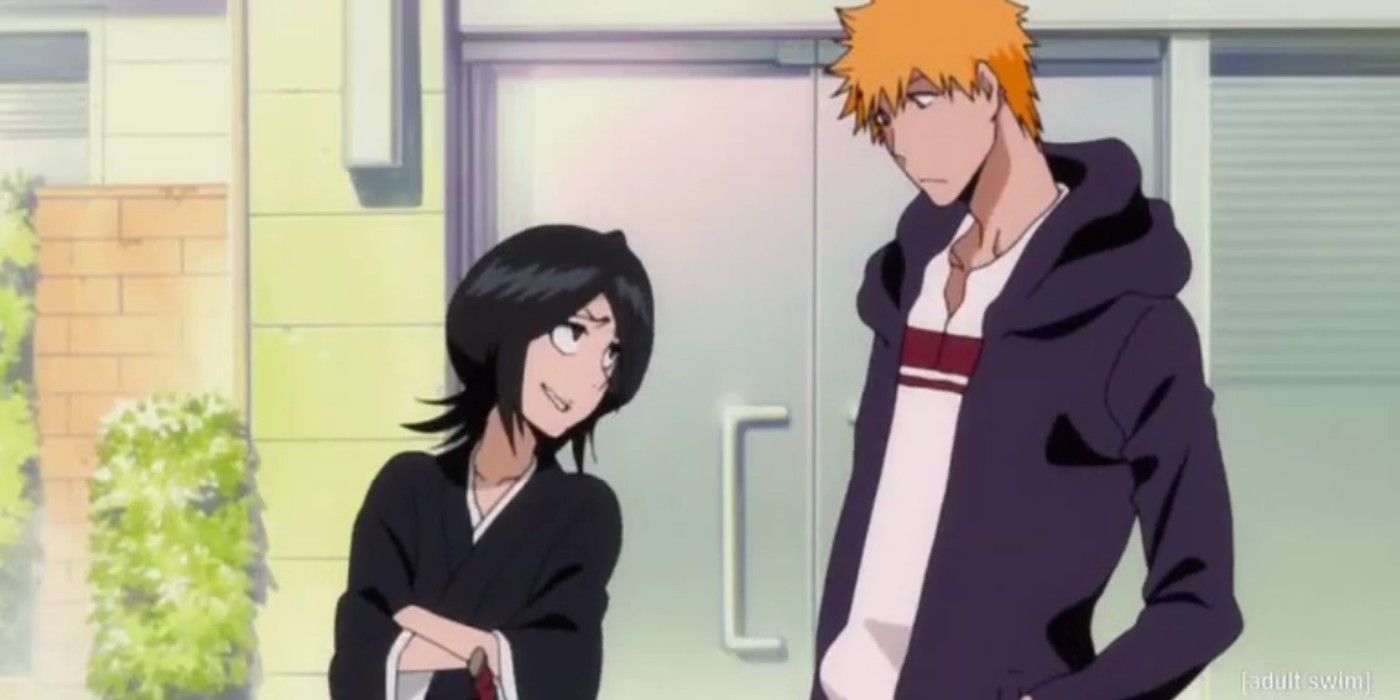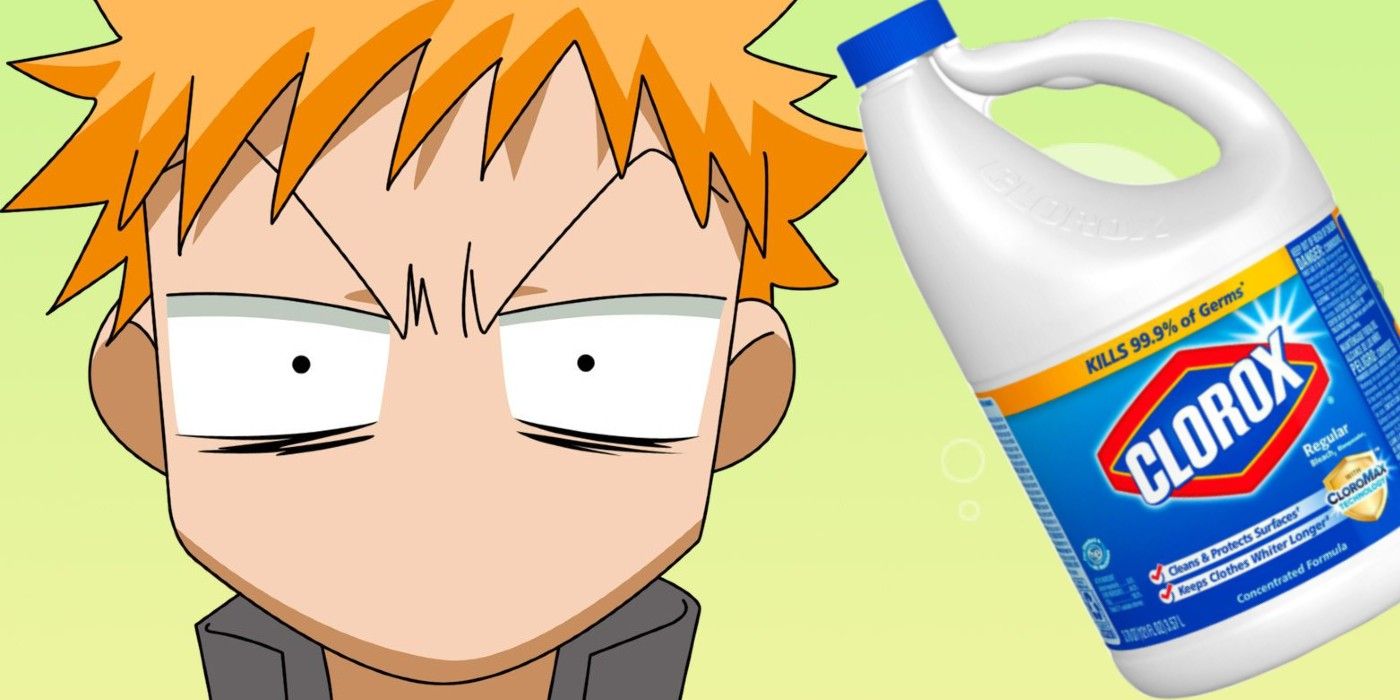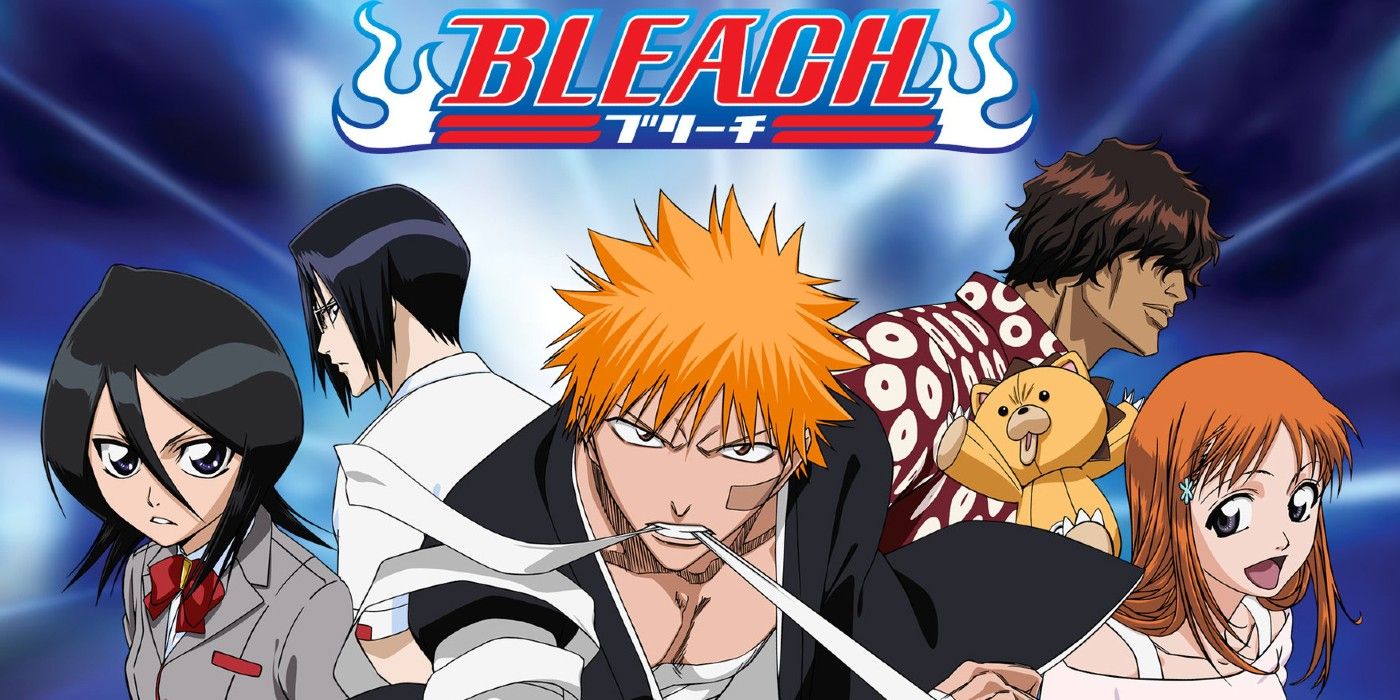For the most part, Kubo Tite's Bleach has its bases covered. The mostly faithful anime adaptation left as few stones unturned as possible, making sure to keep Ichigo’s adventures in the living world and the next as understandable as possible.
That said, some threads were left dangling when Bleach ended. Some of these weird plot holes can be filled in by reading the manga, while others can only be explained by outside factors beyond the Shinigamis’ control. And no, no one still understands how exactly aging works in Soul Society.
10 The Fullbringer Arc Isn’t The End
Anime-only fans were no doubt confused with Bleach’s last episode because it was anything but a grand finale. The Lost Agent arc closes with Ichigo being reinstated as a Substitute Shinigami and returning home, and that’s it. If anything, this felt more like a prelude rather than a proper conclusion. Such was the case, at least for manga readers.
Bleach ended with The Thousand-Year Blood War, where the Quincy return with a deadly vengeance. As it turns out, The Lost Agent was a prologue to the final war that justified a previously depowered Ichigo’s return. Thankfully, anime-only fans will see the Fullbringer saga finally payoff when Bleach returns this year.
9 The Arrancar Arc Was Overlong Because Of Editorial Mandate
Something both fans and detractors of Bleach can agree on is that The Arrancar arc was too long. In the anime, the Shinigami’s battle with Aizen’s forces took up seven seasons and 149 episodes. The reason for this was because the original Arrancar arc was just as dragged out in the manga.
When the arc started, the Espada quickly gained massive fan approval. Kubo’s editors then requested that the elite Arrancar get more screen time to capitalize on this populairty. Combined with other similar demands (more on that later), the arc’s pacing suffered as it dragged on longer than Kubo initially planned. This wasn’t all bad, though, since the extra chapters helped develop the Espada even more.
8 Some Filler Elements Are Canon
An anime rule of thumb is that filler arcs and movies are non-canon; they’re just inconsequential padding that the studio makes while waiting for material to animate. In Bleach’s case, none of the filler arcs are canon. While the stories themselves are not canon, specific elements are.
For one, all of the anthropomorphic representations of the Zanpakuto seen in the Zanpakuto: The Alternate Tale are official. Case in point, the manifestations of Captain Kyoraku’s Katen Kyokotsu (above; left) have an important cameo in The Thousand-Year Blood War. Similarly, Rukia’s scythe-wielding form (above; right) in the movie Fade to Black was actually based on Bleach’s earliest prototype sketches.
7 Soul Society Is A Necessary Evil
One of Bleach’s biggest issues regards Soul Society which, in brief, is incredibly amoral and corrupt. The suspension of disbelief can only go so far, with even the most dedicated Bleach fans wondering why the heroes would go out of their way to uphold an inherently broken social order. The simple answer is because it’s the best of the worst.
Soul Society’s main purpose is to keep the balance between the living world and the afterlife, and they’ll go to extremes to maintain the status quo. Their alternatives would be Hueco Mundo colonizing the human world, Hell breaking loose in Hell Verse, and worse. This grey morality is best embodied in Captain Mayuri, a sociopath who’s only “good” because he answers to Seireitei.
6 Ichigo’s Absurd Power Levels Are Explained (In The Manga)
Despite doing literally nothing but firing progressively bigger Getsuga Tenshous, Ichigo gets all of the power-ups and is essentially overpowered by the time of the Fullbringer arc. This has led to many jokes and memes that clown Ichigo for being nigh-unstoppable, but the manga gives an explanation for his overpowered status.
In The Thousand-Year Blood War, it’s revealed that Ichigo is the son of a Shinigami (his father Isshin) and a Quincy (his mother Masaki). This is why certain attacks (ex. his endurance against the Espada) bounce off him and why otherwise normal training (ex. his Bankai training) works exceptionally well. In the end, Ichigo has every imaginable pro from all of Bleach’s main races.
5 Ichigo Lost The Spotlight To The Gotei 13
One of the biggest flaws of Bleach is that its main characters – namely Ichigo and friends – barely got the spotlight. The Gotei 13 (especially the captains) hogged the spotlight, essentially making Bleach more a chronicle of their escapades in and out of Soul Society than Ichigo’s self-discovery. As it turns out, this was the fault of the editors.
When they were first introduced as side-characters, the Gotei 13 quickly skyrocketed in popularity. Kubo’s editors then demanded that all 13 squads be introduced right away, explaining why the inaugural The Substitute arc basically rushed its ending to get to the Soul Society event. This carried over to every major anime arc, where the captains got most of the screen time.
4 Karakura Town's Residents Got Overshadowed By The Shinigami
Without exaggeration, Bleach has hundreds of named characters, and not everyone was developed properly. Arguably, the residents of Karakura Town – namely the eccentric townsfolk plus Ichigo’s classmates and family – got the shortest end of the stick in this regard.
The reason why these people didn’t get the screentime they deserved was that Kubo’s editors simply deemed them unpopular. As mentioned earlier, the Gotei 13 got top priority when it came to getting characters over; the Karakura Townsfolk were inadvertently buried as a result of this push. This was most evident in the rushed The Substitute and The Lost Agent arcs, where Kubo’s plans to develop them got scuttled in favor of more Shinigami fights.
3 Ichigo & Rukia Were Never Meant To Be
Ichigo and Rukia’s seemingly endless will-they-won’t-they friendship was left hanging when Bleach ended without giving either closure. Because of this, anime-only fans who shipped the two were left in limbo, especially since Fade to Black all but canonized the pairing. Thankfully, the manga has the answers but they may not be what some fans hoped for.
Bleach ends with the two still being close friends but marrying someone else, with Ichigo marrying Orihime and Rukia hooking up with Renji. Kubo explained this by saying that Ichigo and Rukia’s relationship is neither platonic or amorous; it’s somewhere in the middle. He cites a scene in Fade to Black where Ichigo says that Rukia is his “precious nakama” which, for him, sums it all up.
2 “Bleach” Actually Means Something
For the longest time, no one knew why Bleach was named after a bathroom cleaning product. Some fans made complex hypotheses such as the Shinigami killing the Hollow was akin to “bleaching the world,” while snarky ones jokingly suggested that Kubo just thought “bleach” sounded cool. Believe it or not, Kubo has a method to this weirdness.
In its earliest stages, Bleach was titled Snipe. In this draft, the Shinigami were all gunslingers, with Snipe being short for “sniper.” While drawing, Kubo switched the firearms with swords, leading to the new title Black to reflect the Shinigami’s kimonos. He thought this was too generic so he moved on to White, hinting at the color and moral contrast. White then finalized into Bleach, which still kept the color association albeit in a less on-the-nose way.
1 No One’s Sure Why Bleach Was Cancelled
In 2012, news of Bleach getting canned caused shockwaves as it was one of Shonen Jump’s Big Three. It just seemed unlikely that the publisher would just end one of its most lucrative franchises, but such was the case. Given Bleach’s recent resurgence and continued relevance, fans wonder why it was canceled in the first place. Thing is, no one has a concrete answer for that.
Some point to the anime’s stagnating ratings and expensive production cost, while others blame the manga’s waning popularity. Another possible factor was that at the time, The Thousand-Year Blood War was barely five chapters in and no one was interested in more Bleach filler arcs, which were already unpopular in a time when fillers were a norm. Unless Shonen Jump or Kubo himself give an official explanation, the real reason for Bleach’s abrupt end will never be known.

